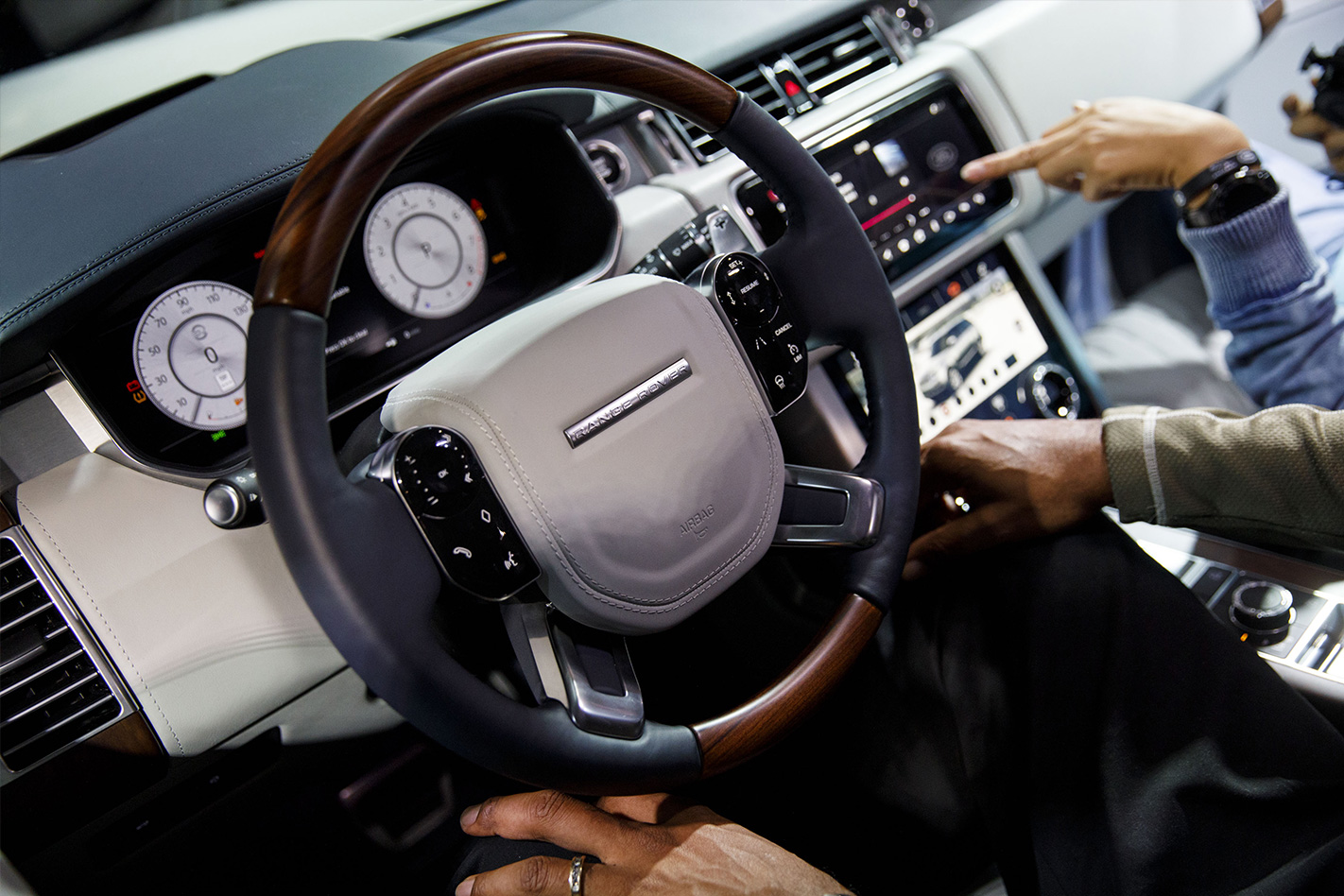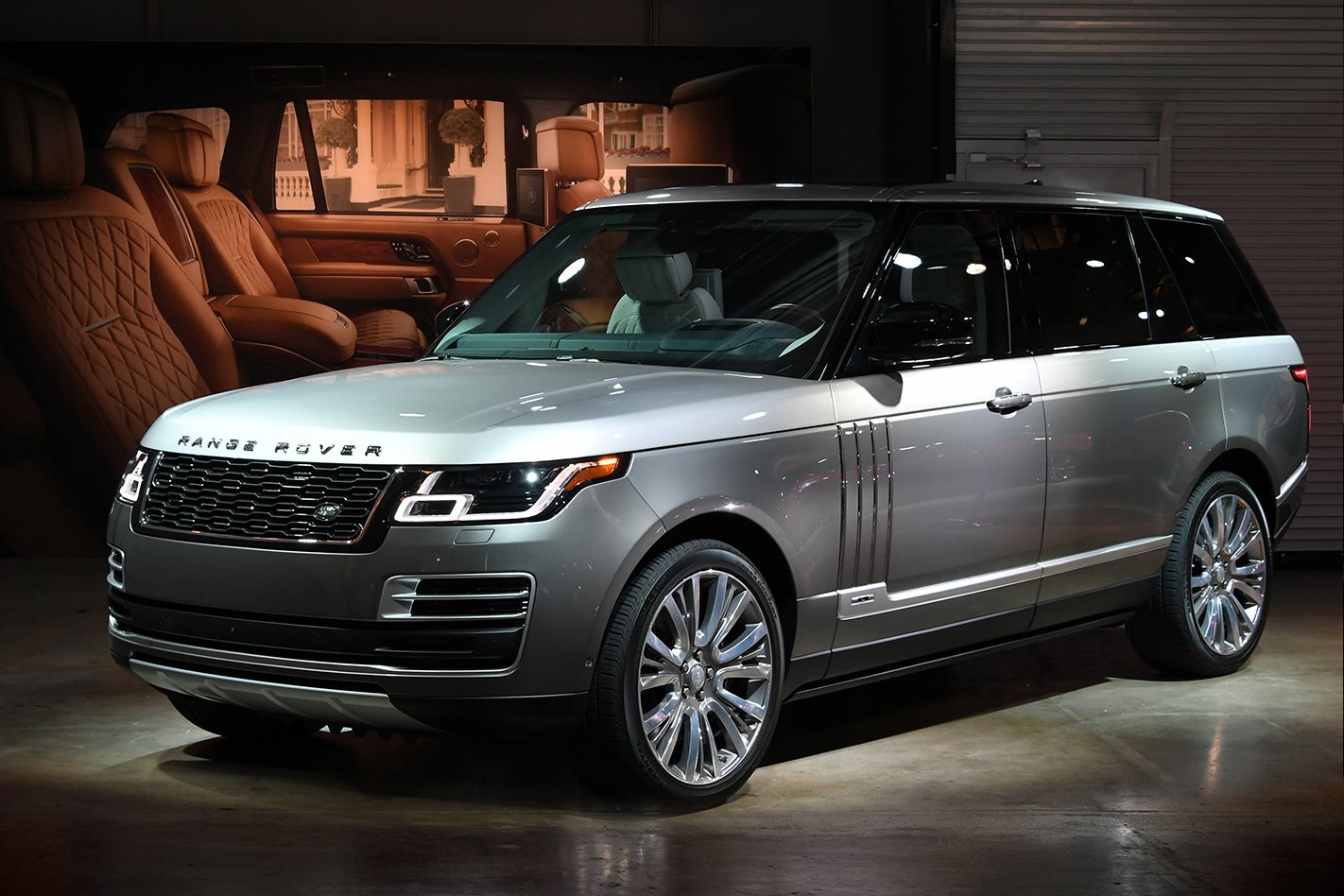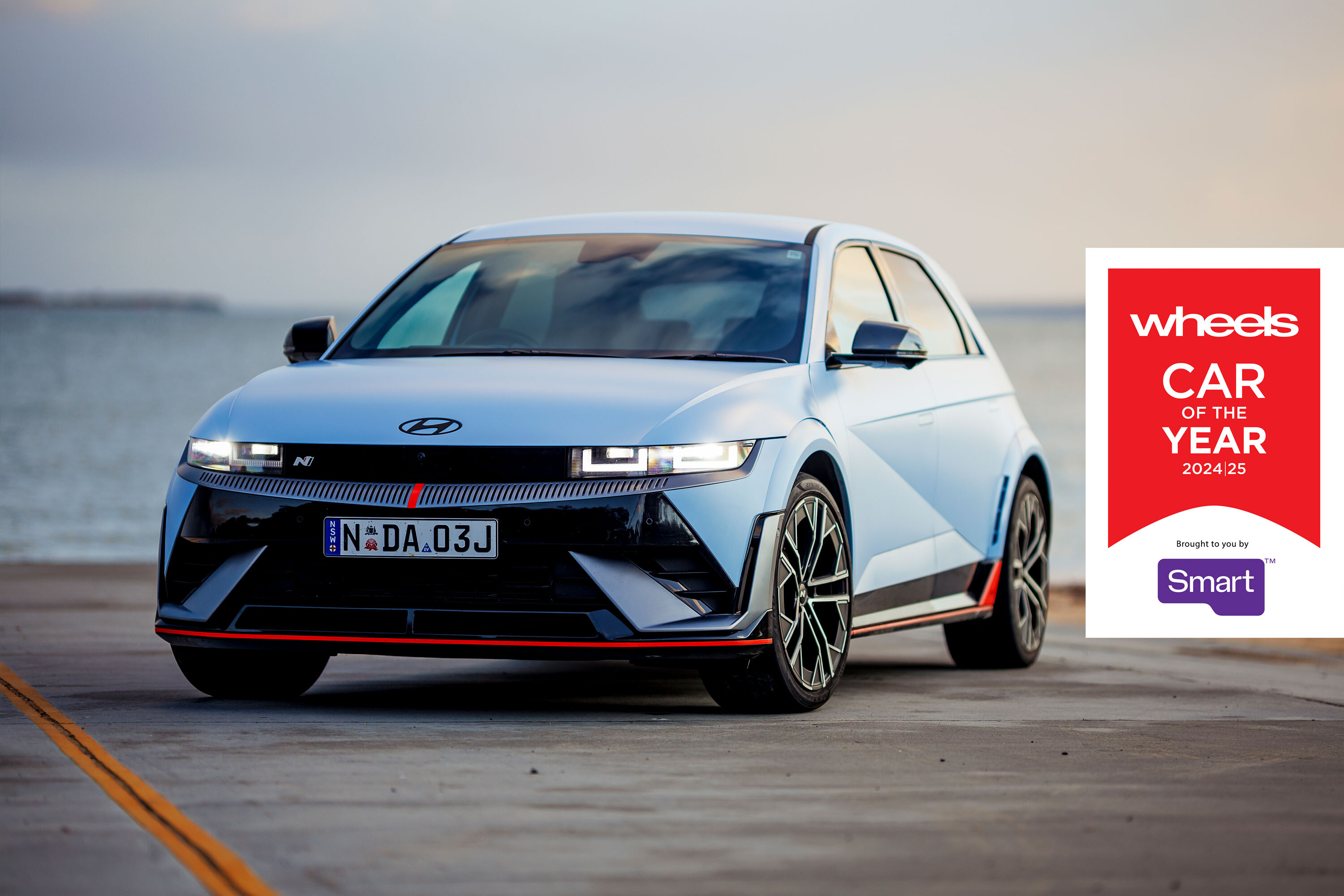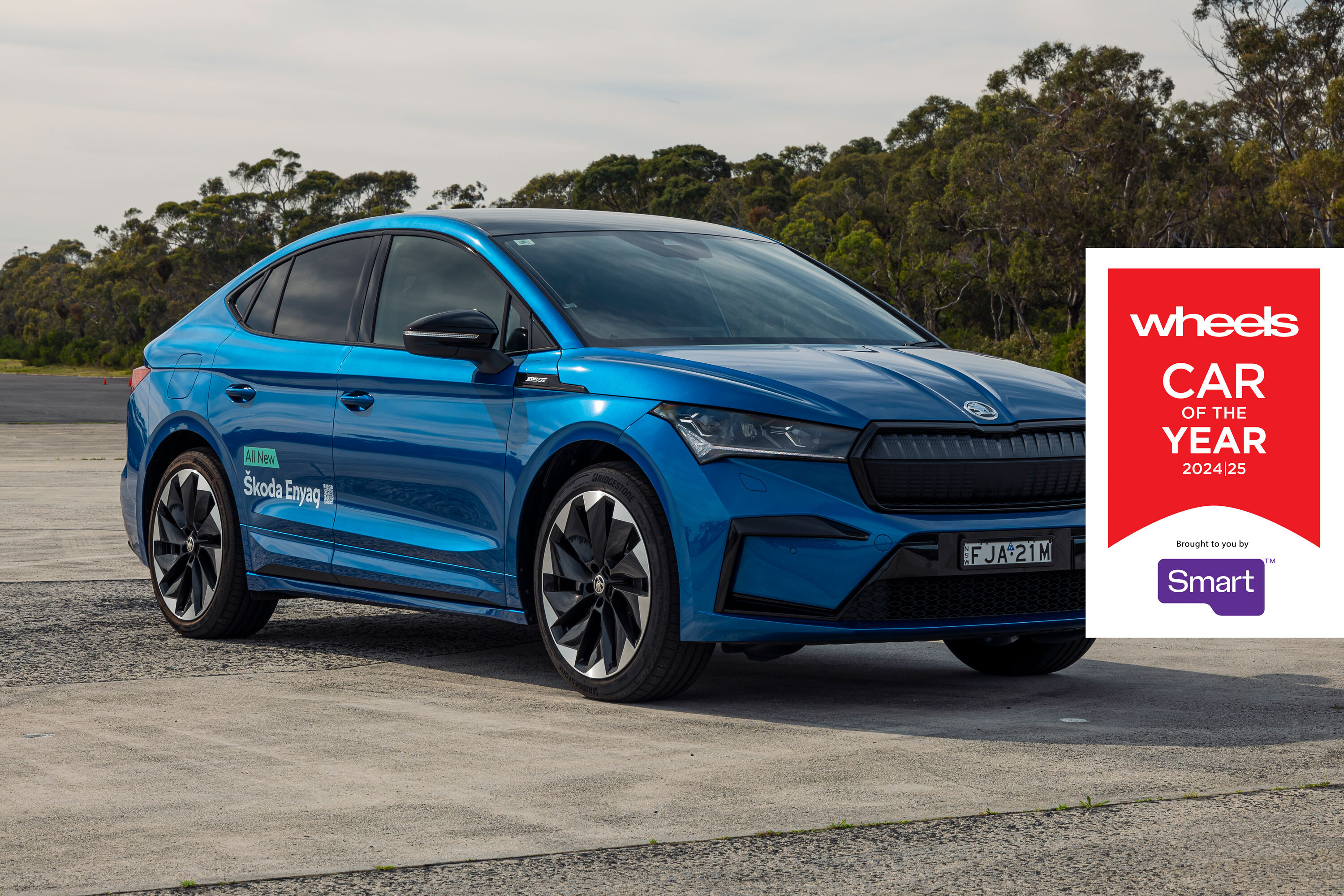Land Rover’s burgeoning portfolio of SUVs has seen some of its more established products become increasingly squeezed by new entrants such as the Discovery Sport and Velar.
In order to reassert its position in the hierarchy, the penultimate model in the line-up, the Range Rover Sport, has gained a serious do-over.
‘Officially’ unveiled at the 2017 Los Angeles Motor Show, the revised Sport had previously been shown in the more low-key environment of a London Design Museum event in October. The exterior changes comprise the usual facelift parts of lights and grille while the cabin adopts a number of design themes evident in the Velar. These include the adoption of the much-improved Touch Pro Duo infotainment system, which features a pair of 10-inch touchscreens.
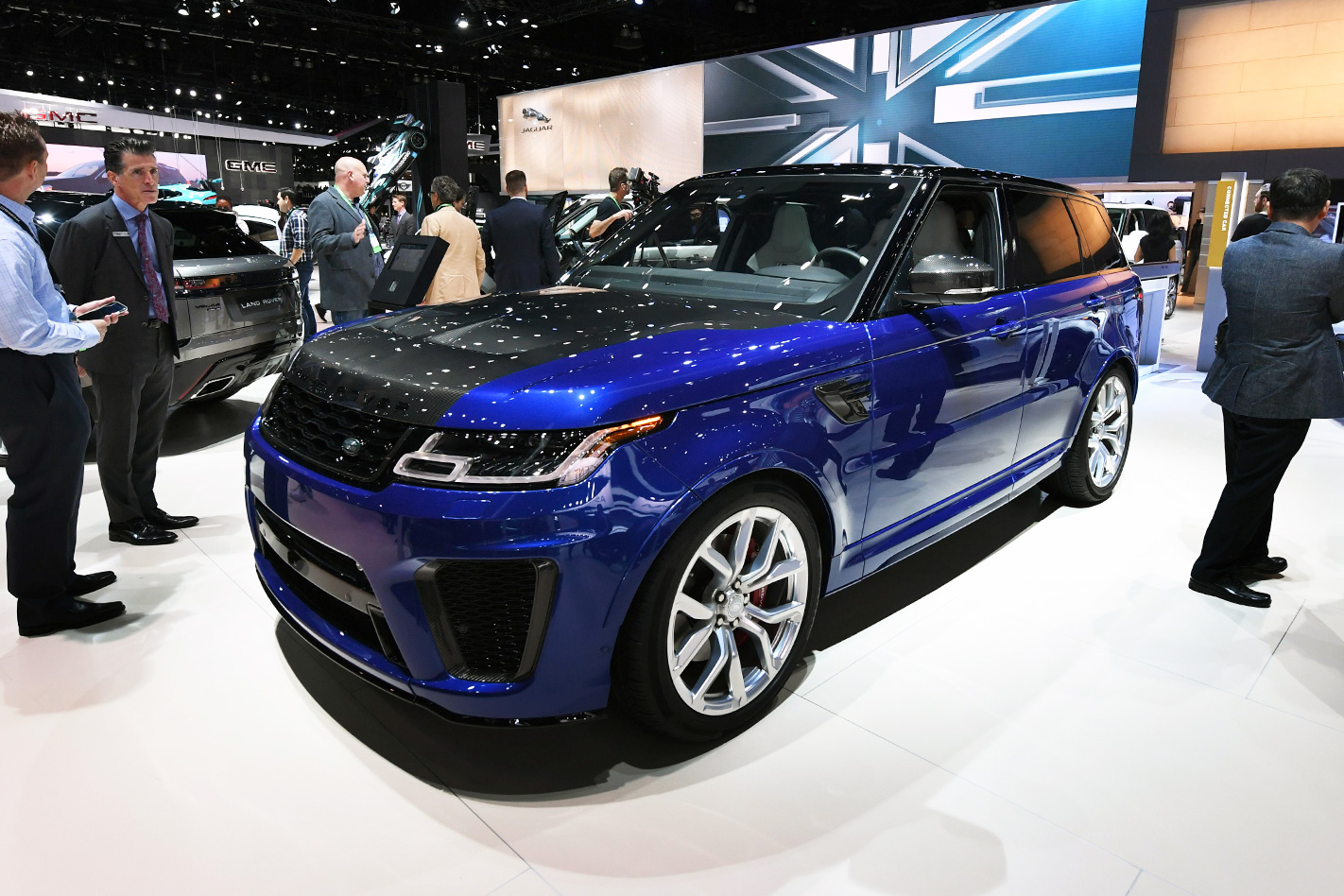
While the flagship car has us excited for obvious reasons, the Sport P400e plug-in hybrid has also piqued our interest. With JLR vowing to release an electrified version of every model line by 2020, the Sport was an obvious candidate for some volts come refresh time. Augmenting a 221kW 2.0-litre Ingenium four-pot petrol engine with an 85kW electric motor sees a total system output of 297kW available.
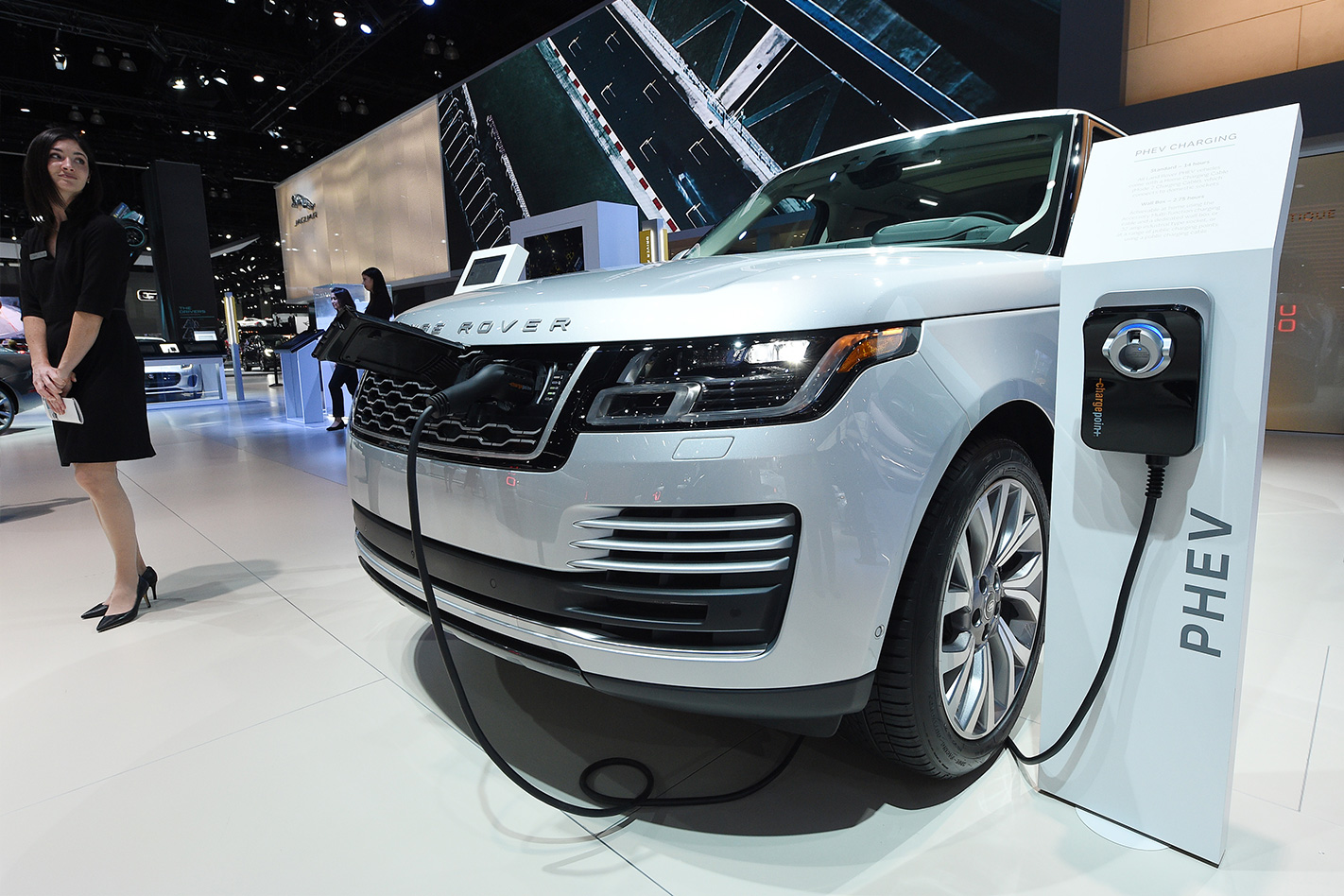
Utilising a 13.1kWh lithium-ion battery residing beneath the boot floor, luggage space takes a modest dive from 780 litres to 703, and a full charge from a wall box takes less than three hours. On a standard socket that’ll blow out to closer to eight hours.
If Land Rover’s current run of form is anything to go by, you’ll probably need to be very quick or very connected to get a place at the sharp end of the queue for either the $146,600 P400e or the $238,200 SVR. At the other end of the line-up, prices kick off at $95,100 for the S SD4 diesel, with the petrol models opening at $97,100 for an S Si4. Initial deliveries are slated for April 2018.
